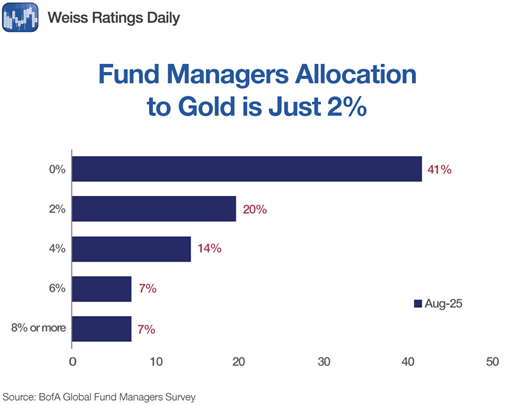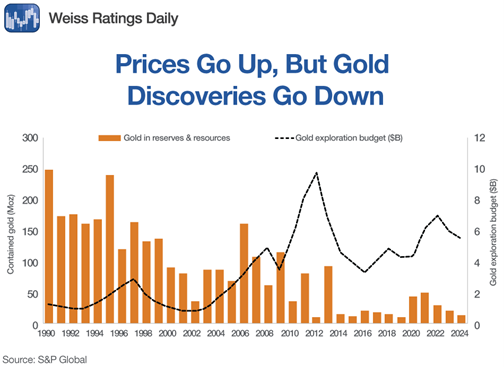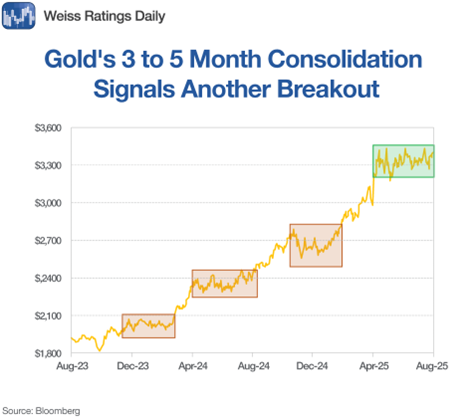The Doctor in Your Pocket: How Telemedicine is Redefining Healthcare
In the quiet town of Lynchburg, Virginia, in the early 1960s, Dr. Martin Cooper made a house call unlike any other. The young doctor, dedicated yet overworked, found himself visiting the home of the O’Reilly family, who had contacted him in desperation late one stormy night. Their son, barely ten years old, was running a dangerous fever, and the relentless storm had washed out the roads, making travel to the hospital impossible.
With limited resources and against time, Dr. Cooper turned to an experimental method he’d been pondering – a remote consultation. Rigging a two-way radio system, he established a crude but effective line of communication with a fellow doctor stationed at the hospital. Guided by his colleague’s expertise and utilizing his makeshift telemedicine setup, Dr. Cooper successfully stabilized young Patrick O’Reilly through the night until they could transport him to the hospital at first light.
This event, though neither Dr. Cooper nor the O’Reillys knew it at the time, was a primitive precursor to a revolution that would sweep across the globe decades later: telemedicine.
From Science Fiction to Household Staple: The Evolution of Telemedicine
The concept of telemedicine, once a mere figment of science fiction, has catapulted into a cornerstone of modern healthcare delivery. This transformation didn’t happen overnight. It’s the culmination of years of technological advancement, from the first radiographic images sent via telephone lines in the late 1940s to the integration of cloud computing and sophisticated mobile applications in the 21st century.
The journey of telemedicine mirrors humanity’s own technological progression. Each significant leap forward, whether in communication, data storage, or cybersecurity, reflected in the ways doctors could interact with their patients. From simple voice calls to complex robotic surgeries performed from continents away, telemedicine redefined what it meant to ‘see’ a doctor.
A New Frontier: Telemedicine Stocks to Watch
As we embrace this digital healthcare era, several companies stand at the forefront of innovation, making significant strides in telemedicine and digital health services. Here are three stocks that present promising opportunities in this burgeoning sector:
- Teladoc Health, Inc. (TDOC)
- Overview: As a pioneer in telehealth, Teladoc Health offers a wide range of services, including primary care, mental health services, and complex care management.
- Analysis: With its comprehensive service range, global footprint, and recent mergers, Teladoc is well-positioned to capitalize on the telehealth industry’s growth, making it a potentially lucrative investment.
- American Well Corporation (AMWL)
- Overview: Known as Amwell, the company is a leading telehealth solution, providing customizable digital care delivery solutions.
- Analysis: Amwell’s strength lies in its partnerships with major health insurers and its innovative approach to healthcare delivery, offering considerable growth potential as telemedicine demand surges.
- Livongo Health, Inc. (LVGO)
- Overview: Livongo stands out with its data-driven approach to chronic care management, utilizing advanced health signal tracking and personalized health insights.
- Analysis: Livongo’s merger with Teladoc sets the stage for a comprehensive, integrated virtual care platform. The company’s unique approach to patient monitoring and health data analytics presents a compelling case for investment.
Conclusion
The story of Dr. Martin Cooper and young Patrick O’Reilly is but one of countless instances where necessity drove innovation, culminating in a healthcare transformation that’s saving lives daily. As telemedicine companies continue to innovate, they offer not just a service but a beacon of hope, ensuring healthcare is not a privilege determined by geography but a universal right. Investing in telemedicine is more than a financial decision; it’s a vote of confidence in a future where quality healthcare is within reach from the comfort of our homes.
Where to invest $500 Right Now?
Before you consider buying any of the stocks in our reports, you’ll want to see this.
Investing legend, Marc Chaikin just revealed his #1 stock for 2024…
And it’s not in any of our reports.
During his career of nearly 50 years, Marc Chaikin was one of the quantitative minds behind some of the most famous investors in history: Paul Tudor Jones, George Soros, Steve Cohen, and Michael Steinhardt.
Even the Nasdaq hired him to create three new indices.
And now he’s going live with his #1 pick for 2024.
You can learn all about it on Mr. Chaikin’s Website, here.
Wondering what stock he’s investing in?
Click here to watch his presentation, and learn for yourself…
But you have to act now, because a catalyst coming in a few weeks is set to take this company mainstream… And by then, it could be too late.
Click here to reveal the name and ticker of Marc Chaikin’s no. 1 pick for 2024…
















